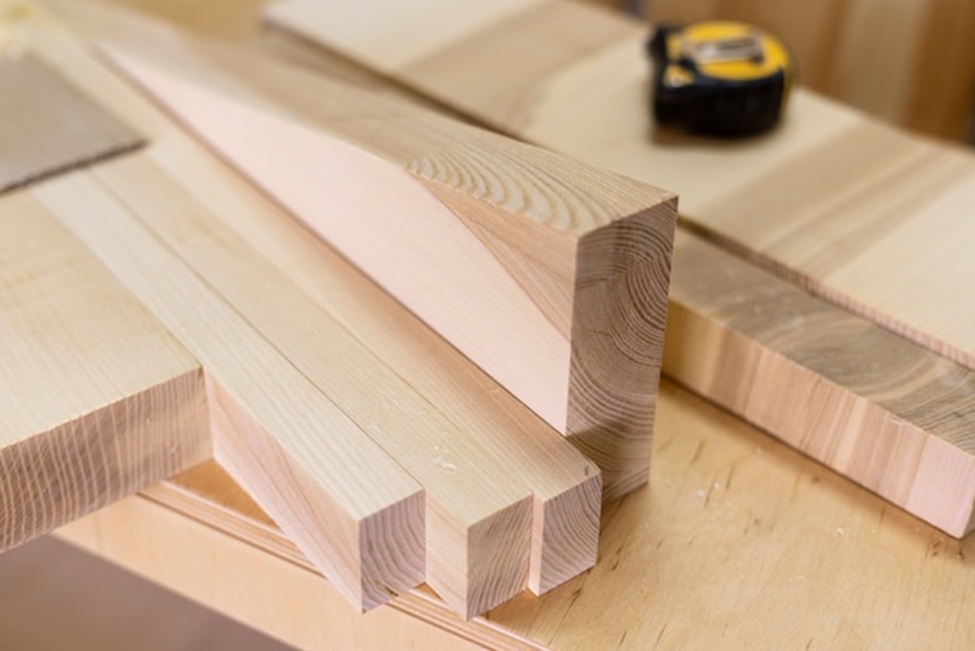Versatile timber meets construction, decor, and functional demands. This article explores materials ranging from framing to millwork. Sections detail applications and proper acquisition for commercial remodeling or new builds. Knowledge aids material selection suiting design intents through wood’s natural aesthetics and performance attributes. Understanding options expands creativity through sustainable resources reliably improving projects.
Timber Framing
Structural members create frameworks bearing weight through truss assemblies, beams, or columns. Advantages include durability and renewability. Proper drying prevents twisting. Applications include foundations, floors, walls, and ceilings wherever spanning distances demand strength with appearance. Consult hardware matching design loads. Structural framing members like beams, columns, and trusses that bear loads. Require proper drying and size for the application. Used for floors, walls, ceilings, and foundations.
Engineered Lumber
I-joists, laminated veneer, and glue-laminated beams offer design-friendly dimensions meeting the code. Materials fuse wood strands strengthening without knots weakening integrity. Consistent dimensions aid installation compared to solid-sawn options. Applications involve subfloors, headers, and lintels. Materials like I-joists, laminated veneer, and glue-laminated beams. Made by fusing wood strands for consistent dimensions and strength without knots. Used for subfloors, headers, and lintels.
Sheathing & Underlayment
Plywood, oriented strand board (OSB), and wafer board sheath structures provide rigidity and bracing before finishes. Materials suitably withstand moisture and impact through wall, floor, and roof applications sealed properly. Code-prescribed thickness protects assemblies. Materials like plywood, OSB, and wafer board provide rigidity and bracing before finishes. Suitably withstand moisture and impact. Used for walls, floors, and roofs. Prescribed thickness protects assemblies.
Millwork
Trim, moldings, wainscoting, and raised-panel doors decorate interiors naturally. Softwoods like pine suit cost-effective applications while hardwoods like oak add distinction. Consider milling, veneers, or finishes matching design character. Compatible profiles accent cabinetry throughout. Decorative/finish elements like trim, molding, wainscoting, and doors. Softwoods for cost-effectiveness, hardwoods for distinction. Matches design character and used with cabinetry.
Wood Decking
Dimensional lumber, tropical hardwoods, and composite deck boards surface outdoor spaces. Consider drainage, spacing requirements, and intended use determining material suiting weather conditions through appearance and longevity needs. Proper fastening protects boards from swelling. Dimensional lumber, tropical hardwoods, and composite boards for outdoor surfaces. Consider drainage, spacing, and intended use to suit weather/longevity. Proper fastening prevents swelling.
Acquire from Reliable Sources
Purchase dried, graded lumber from experienced suppliers carrying abundant stock. Review deliveries confirming orders match approved shop drawings protecting projects. Sustainable sourcing supports responsible forestry through renewable building-enhancing structures for commercial remodeling or new construction. Expert material providers aid any phase. Purchase dried, graded lumber from experienced suppliers with stock. Review for accuracy and sustainable sourcing supports responsible forestry for building projects. Experts aid in material selection.
Conclusion
In conclusion, timber products provide builders and designers with a diverse palette of sustainable materials to enhance a wide range of structures. From framing to decorative millwork, knowledgeable selection of the appropriate species and product type is essential. Considering the intended application, design aesthetics, and structural and weather performance needs allows for specifying suitable wood materials. Working with reputable suppliers ensures obtaining quality, standard-sized products installed efficiently. Overall, understanding this guide to common timber options facilitates maximizing wood’s natural attributes for beautifying buildings through engineered or solid-sawn forms.

